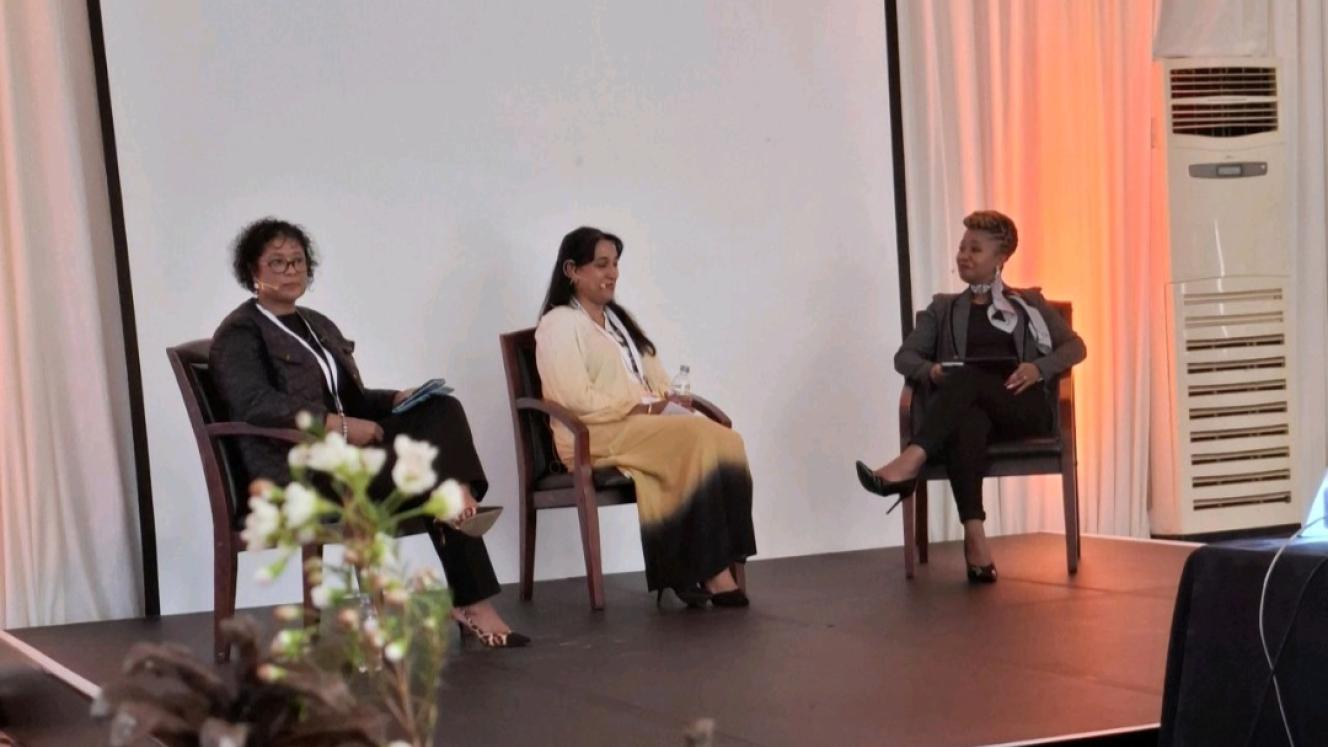One in five people worldwide is neurodivergent, and more than half of Gen Z identify as such. For corporate travel employers, this means that neurodivergent employees are likely already part of your team, affecting the way they perform tasks or interact with clients.
At the recent GBTA 2025 conference, held at the River Meadow Manor in Irene, a panel of HR and corporate travel leaders tackled the realities of neurodivergence in the workplace.
Neurodiversity recognises that not all brains work the same way. Neurodivergent individuals process information differently, bringing both strengths and challenges to the workplace. Conditions include ADHD, bipolar disorder, obsessive compulsive disorder, autism, epilepsy, dyslexia, Tourette's, psychosis, sensory processing disorder and more.
The corporate travel perspective
The session was facilitated by Director of HR and Transformation at Bidvest Travel Holdings, Gillian Ismail, who spoke to the Corporate HR Projects Manager for Cummins, Lamona Rajah and Africa Inclusiveness Leader for EY, Teboho Motsoane.
The panel said that neurodiversity was not an abstract HR topic, but rather a lived reality either experiencing it themselves, or through family members or employees.
According to all members of the panel and delegates, neurodivergent staff can be excellent employees when given a space within the workplace that caters for their needs.
Ismail said a person who had ADHD, for example, might get distracted easily and would need to have either an office to themselves noise-cancelling headphones in order for them to better focus.
She said neurodivergent staff might also experience difficulties with social skills, memory, attention to detail and transitions. “An employer can address these problems by using strength-based language that highlights growth and potential and promotes empowerment.”.
“Common barriers they tend to struggle with are loud environments, rigid schedules and a lack of visual aids.”
She said this could be mitigated through the use of visual agendas, quiet zones, and offer flexible seating arrangements. Lighting, sound levels and the pace of delivery should also be considered.
Combating stigma
In her answer to a question from the floor about the stigma attached to neurodiversity, Rajah explained that different generations had a different view of neurodiversity.
“The understanding, acceptance, and support for neurodivergent individuals have shifted dramatically across generations,” said Rajah. She said, for example, people in the Baby Boomer generation (born 1947-1964) attributed neurodiversity to “naughtiness” in children or left it undiagnosed.
Gen X (1965-1980) and Millennials Y (1981-1996) had a better understanding of neurodiversity as schools and workplaces began to be more aware of inclusivity, she added.
Gen Z (1997-2012) are the most likely to identify as neurodiverse; 74% will not disclose this in the workplace due to stigmatisation. “Having different generations within a company can complicate our understanding of neurodiversity,” she said.
Become an ally
Motsoane said allies within an organisation could play a vital role. According to her, employers can benefit from becoming more educated about neurodivergence and attending workshops. “It is also important to acknowledge differences and celebrate people’s unique strengths and perspectives.”
Motsoane encouraged delegates to advocate for inclusion by challenging “ableist” practices, highlighting the value that neurodivergent individuals bring, and supporting systemic change.













